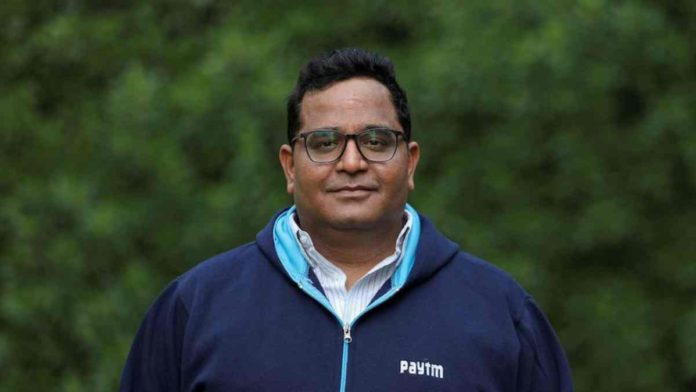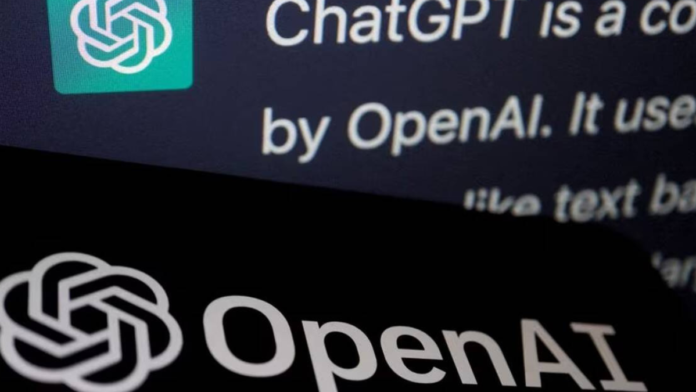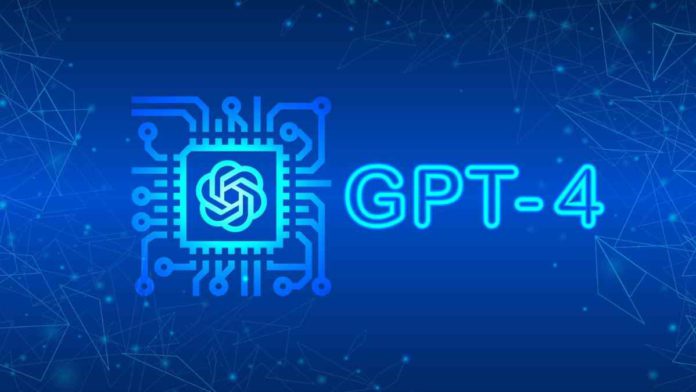Vijay Shekhar Sharma, the creator of PayTm, stated his worries on the potential disempowerment and even extinction of humans as a result of the development of highly advanced AI systems. In a tweet, he expressed his concerns and made reference to a recent OpenAI blog.
In his tweet, Sharma emphasized some concerning facts from the OpenAI post. He claimed to be “truly concerned” about the power that “some set of people & select countries have – already” accumulated. Another section of the OpenAI blog post that Sharma referred to stated that in less than 7 years we will have a system that can lead to disempowerment of humanity => even human extinction.
The blog post “Introducing Superalignment” by OpenAI talks about the need for new developments in science and technology to manage AI systems that might be more intelligent than people. To solve this problem, OpenAI is allocating a sizable amount of processing resources and assembling a team under the direction of Ilya Sutskever and Jan Leike.
Read More: Vimeo Introduces AI-Powered Script Generator And Text-Based Video Editor
Superintelligence may still seem like a long way off, but OpenAI thinks it might materialize within the next ten years. According to the post, controlling the threats brought on by superintelligence necessitates developing new governance structures and finding a way to get AI systems to work with human intentions.
Currently, AI alignment methods that rely on human supervision include reinforcement learning. However, these methods might not be adequate for synchronizing superintelligent AI systems that are more intelligent than humans. New scientific and technological developments, according to OpenAI, are required to handle this problem.











